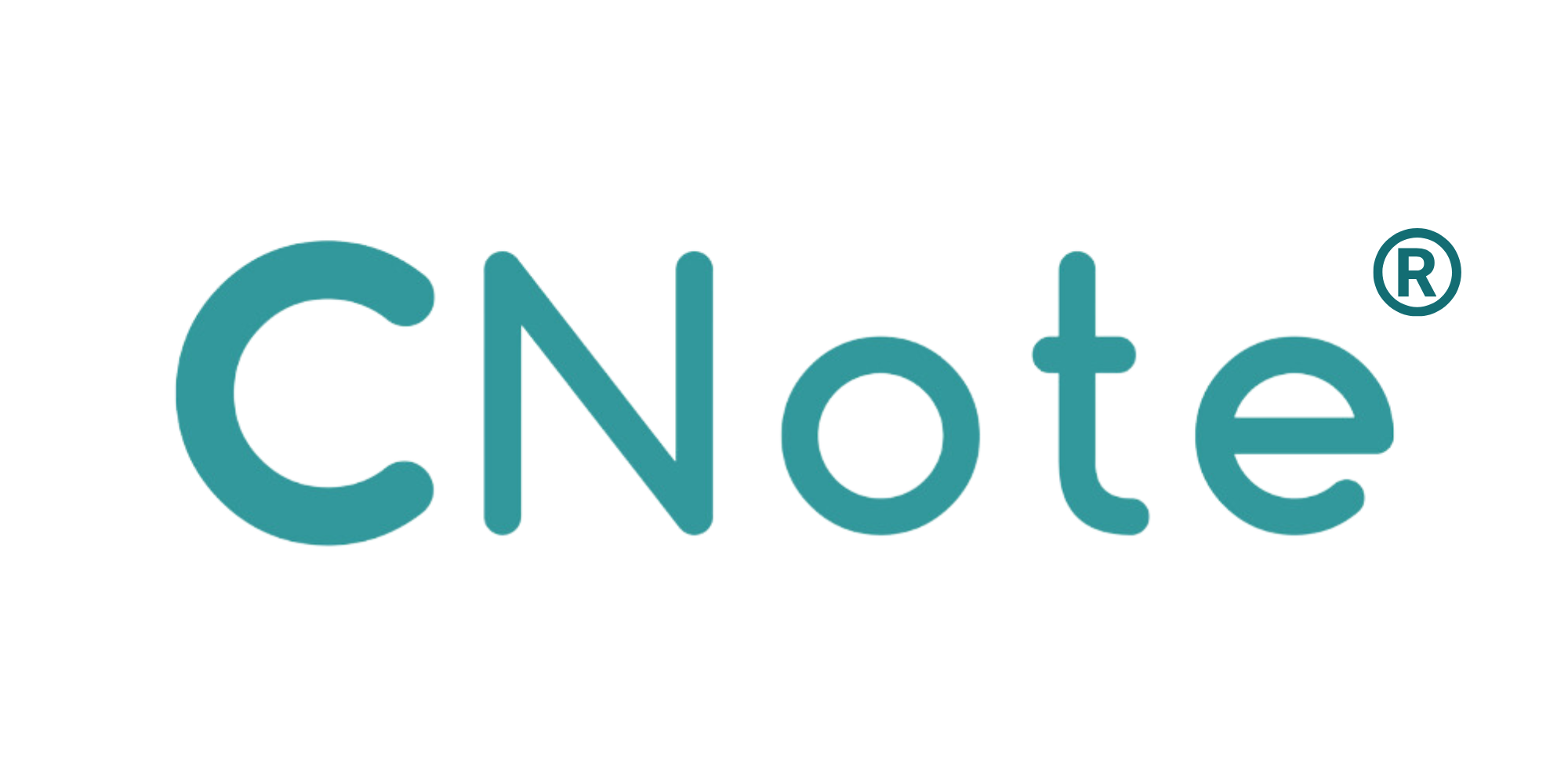When most people think about investing, the first word that comes to mind is returns. And investing for returns makes sense. For decades, the core goal of investing has been to grow wealth, preserve capital, and generate income. But increasingly, individual investors are beginning to ask a new question: What is my money doing while it’s earning a return?
That question is at the heart of Impact Investing, a growing movement that doesn’t ask you to choose between financial performance and positive change, but invites you to consider both.
And while much of the conversation around impact investing tends to focus on venture capital, climate startups, or public equities, there’s a lesser-known but compelling approach: impact investing through fixed income.
Let’s take a closer look.
What Is Impact Investing? (Without the Buzzwords)
Impact investing is the practice of deploying capital to generate both financial return and measurable social or economic benefits. Unlike traditional investing, where performance is often measured in isolation, impact investing asks a follow-up question: Who or what benefits from this investment?
This doesn’t mean donating money or taking a loss to do good. It’s not philanthropy. It’s about directing money into sectors or organizations that are solving real problems — and doing it with a financial return in mind.
For example:
- Funding affordable housing projects in high-cost communities.
- Financing small businesses with growth potential.
- Lending to mission-driven financial institutions that support rural economies.
Learn how you can get started with Impact Investing here
Why Fixed Income Is an Overlooked Vehicle for Impact and Returns
Fixed income traditionally plays a lower-risk, income-generating role in a diversified portfolio. But what many investors don’t realize is that some fixed income investments can also fund meaningful outcomes in the real economy (source: Investopedia).
Here’s how it works: When you invest in a fixed income product tied to community development financial institutions (CDFIs), your capital is used to fund loans to small businesses, affordable housing developers, and nonprofits — often in underserved or overlooked areas.
These CDFIs have long track records of prudent underwriting and high repayment rates. They’re designed not to maximize profits, but to responsibly support communities with capital. And many fixed income products built around these institutions have the potential to offer predictable, competitive returns that compare well with traditional fixed income — especially in uncertain markets (source: Investopedia).
See how CNote’s Fixed Income Products uplift communities here.
Why This Approach Resonates with Individual Investors
As retail investors seek to balance risk, return, and relevance, impact-focused fixed income can serve a similar role to traditional investments — with added transparency into how capital is used.
Here’s what makes this approach compelling:
- Potential for Competitive Returns: These investments can provide quarterly or annual income through returns that align with traditional fixed income.
- Non-Market Correlation: Because they’re not publicly traded, these assets are less exposed to equity market volatility, offering diversification potential (source: Versus Investments).
- Real-World Outcomes: You can trace how your money supports local businesses, housing projects, and community infrastructure, seeing not just what you can earn, but what you enable.
What to Consider When Exploring Impact Investing for Returns
If you’re thinking about adding impact to your fixed income strategy, consider the following:
- Transparency: Is it clear where your money goes and how it’s being put to use?
- Diversification: Does the investment spread capital across sectors, borrowers, and geographies?
- Track Record: Has the manager demonstrated consistent performance and responsible underwriting?
- Impact Reporting: Are there clear metrics or stories that show how communities are benefiting?
Impact investing should be as rigorous as any other financial strategy — with the added benefit of visibility into outcomes that matter.
Looking for an Impact Investing Fixed Income Fund? Check out CNote’s Flagship Fund
Returns, Plus Something More
At the end of the day, investing is — and should be — about financial goals. But there’s growing awareness that the economy isn’t separate from society. Where capital flows, opportunity tends to follow.
Impact investing through fixed income is about expanding the definition of success to include what your investments help make possible.
Because the truth is, every dollar you invest already has an impact. The question is: What kind of impact do you want it to have?
Investing involves risk, including loss of principal. Investment decisions should be based on an evaluation of personal financial situation, needs, risk tolerance and investment objectives. Consult with a financial adviser or investment professional to determine what investment strategy makes sense for you.
*CNote Group, Inc. is not a bank or financial, legal or an investment advisor and does not offer advisory or brokerage services, nor does it provide individualized recommendations or personalized investment advice. This information should not be relied upon as research, investment or financial advice, or a recommendation regarding any products, strategies, or any security in particular. This material is strictly for illustrative, educational, or informational purposes and is subject to change.


